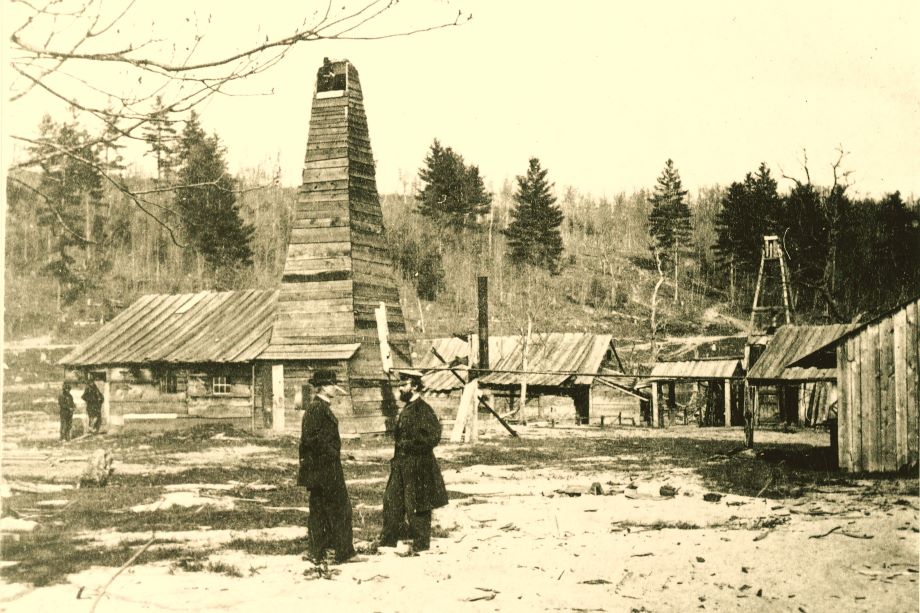ASME INSPIRE Program Surpasses the 500-School Mark
ASME INSPIRE Program Surpasses the 500-School Mark

There’s no sophomore-year slump for the ASME INSPIRE program, the Society’s digital course for middle- and high-school students that aims to ignite interest in science, technology, engineering and math (STEM) and its related careers. As of March 31, INSPIRE is now reaching more than 20,000 students in 551 schools across 43 states.
The enthusiasm for the program continues to grow in the program’s second year of implementation in school systems across the United States, with a 30 percent increase in schools and a nearly 45 percent increase in the total number of students this same time last year.
Featuring a unique use of interactive simulations as a learning tool, INSPIRE puts students in the role of “secret agent.” To complete their mission, students must learn, and then demonstrate mastery of, a variety of STEM skills including algebra and coding.
With well over 600 teachers currently using the modules in their classroom, the program is being integrated into current STEM-related activities and used to amplify the planned classroom curriculum. For example, Dr. Mary Mwangi, the lead teacher at Floyd Middle School in Mableton, Ga., requires that each student write a formal mission report following each of the 16 online challenges to ensure that her students have an accurate understanding of how the INSPIRE missions relate to the other STEM-related activities in her curriculum.

And Michelle Jennings, a science teacher at Brooklyn Science and Engineering Academy, recently celebrated the “graduation” of her first several INSPIRE students. According to Jennings, her students loved using INSPIRE, and she is thrilled at the results. In fact, it is now mandatory that all students interested in becoming members of the academy’s robotics team must first complete the INSPIRE module.
Cultivating this enthusiasm for engineering and STEM overall is critical to breaking down the stereotypes and barriers that often inhibit a student’s ability to see him or herself in these creative and vibrant roles. Indeed, the shortage of graduates prepared to work in STEM-related fields is a monumental problem for America’s future — as is the lack of diversity in the profession. As it stands, just 1 in 10 minorities choose to pursue STEM education and careers. And even though women earn 60 percent of all undergraduate degrees awarded, only 18 percent of undergraduate engineering degrees are held by women.
Forward-thinking educators such as Mwangi and Jennings understand the importance of strengthening STEM education in America and using ASME programs like INSPIRE to engage young students who show a budding interest in engineering by building on their natural fascination with our world.
ASME INSPIRE is supported through the generosity of the ASME Foundation. For more information on the program, contact Patti Jo Snyder, manager, ASME K-12 Programs, at snyderp@asme.org.
Patti Jo Snyder, Programs & Philanthropy




